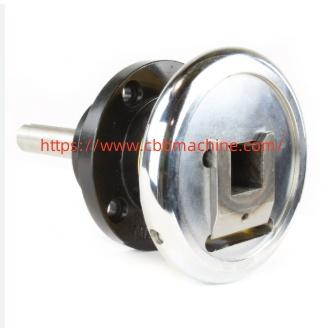In modern web-processing systems, maintaining consistent material flow is essential, which is why a reliable Tension Controller is critical for achieving stable performance, precision output, and reduced material waste. Whether handling paper, film, foil, fabric, or nonwoven materials, tension stability ensures the material stays in perfect alignment, avoids wrinkling or tearing, and ultimately enhances the final product’s quality.
This control unit plays a fundamental role in operations like printing, laminating, coating, and slitting. Without proper tension regulation, materials may stretch or contract unevenly, leading to poor registration or damage during production. The job of the controller is to continuously measure, compare, and adjust the tension within the web to match the preset value, even as roll diameters change during unwinding or rewinding.
Tension control systems can be open-loop or closed-loop, depending on the precision requirements of the application. Open-loop systems estimate the roll diameter and adjust torque accordingly, offering a cost-effective solution for less sensitive materials. Closed-loop systems, on the other hand, use feedback from tension sensors or load cells to dynamically adjust braking or drive torque in real time, ensuring the tension remains within a narrow, accurate range.
The effectiveness of these systems relies heavily on their ability to integrate with other components in the production line, such as web guides, brakes, clutches, and drives. A well-integrated controller reduces the need for manual adjustments, cuts downtime, and provides real-time digital display and diagnostics, which are useful for both operators and maintenance teams.
CBBMachine provides tension control solutions designed with precision electronics and adaptive response algorithms. These units often feature touch-screen interfaces, parameter memory functions, and fast signal processing speeds to maintain smooth material handling under various operating conditions. By providing intuitive user control and precise feedback loops, they are well-suited for both high-speed and high-accuracy environments.
Another important advantage is the ability to reduce waste. Materials that are misaligned, too slack, or overstretched often become unusable, leading to losses in both time and material. A reliable controller minimizes this risk by responding instantly to any change in load or material behavior. It keeps the web running uniformly, which improves not only quality but also operational efficiency.
Many modern machines now demand smart control systems that can connect with central control panels or automation platforms. CBBMachine’s tension control technology meets this demand by offering modular and programmable options that align with industry 4.0 standards. These features ensure your equipment remains scalable and ready for future upgrades.
In conclusion, using an advanced tension control system is not just about regulating force; it’s about building a reliable, efficient, and waste-reducing production line. Proper implementation of this technology provides long-term value and strengthens your position in a competitive manufacturing landscape.
To learn more about its functionality, applications, and types, visit https://www.cbbmachine.com/news/industry-news/tension-controller-types-importance-applications-and-more.html

